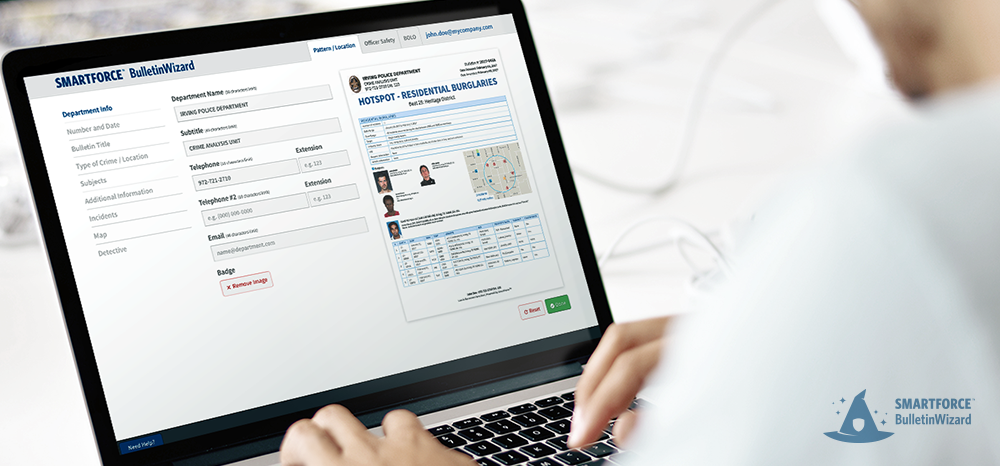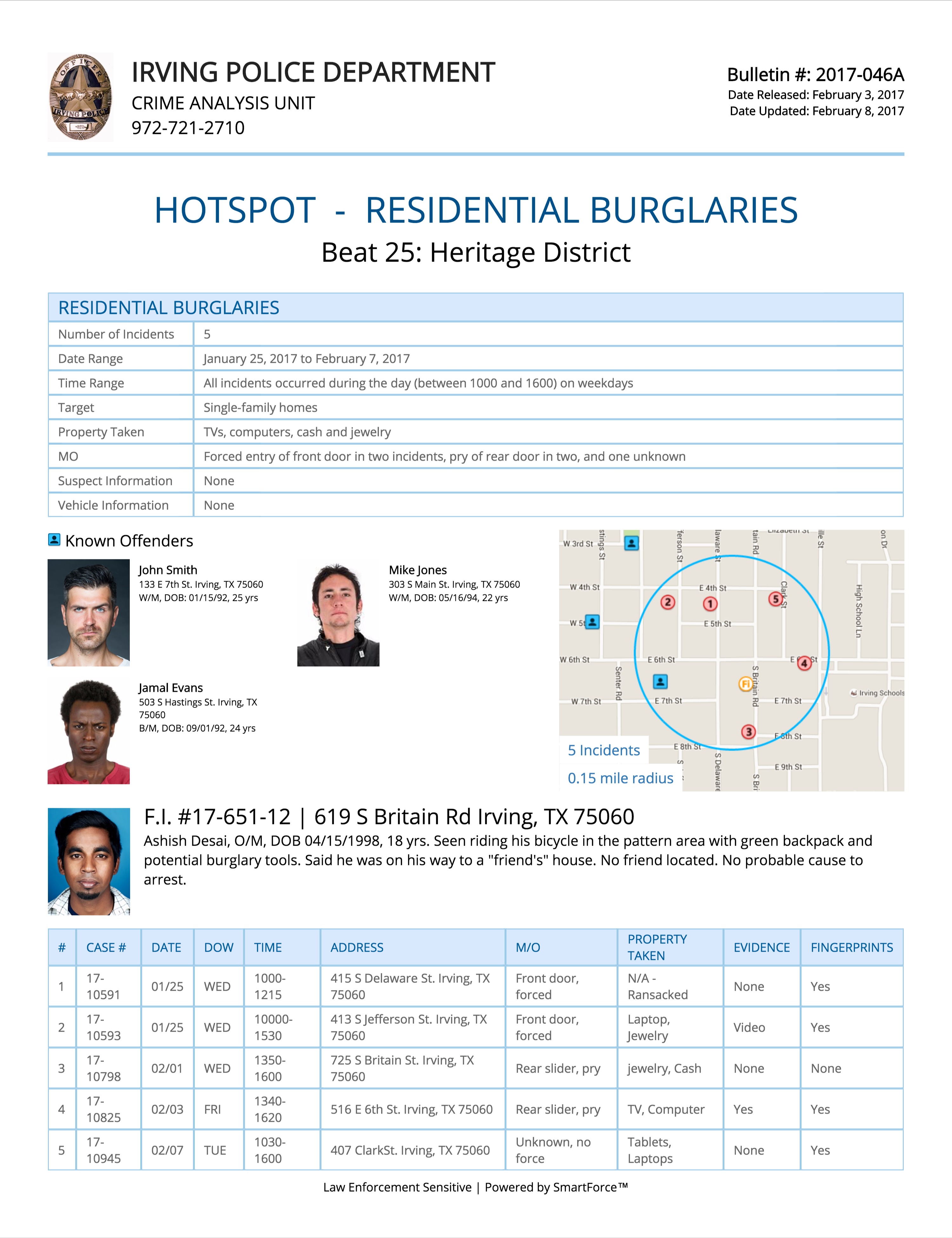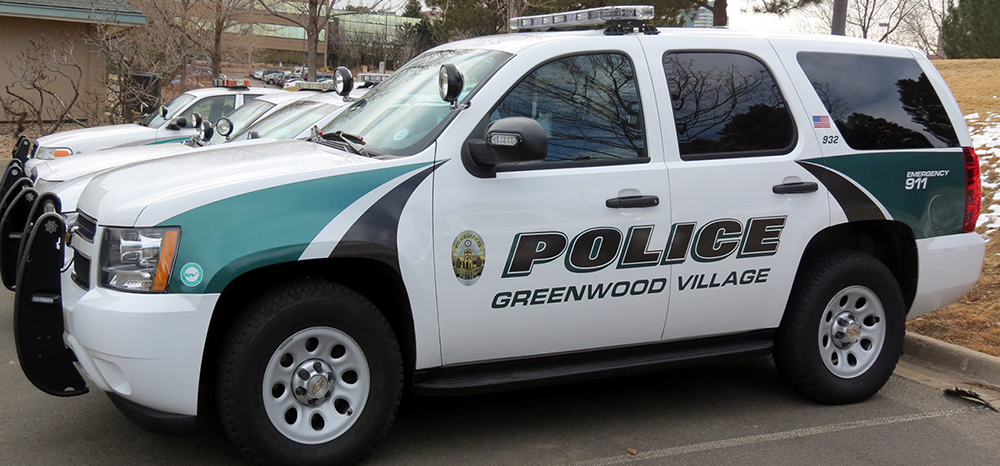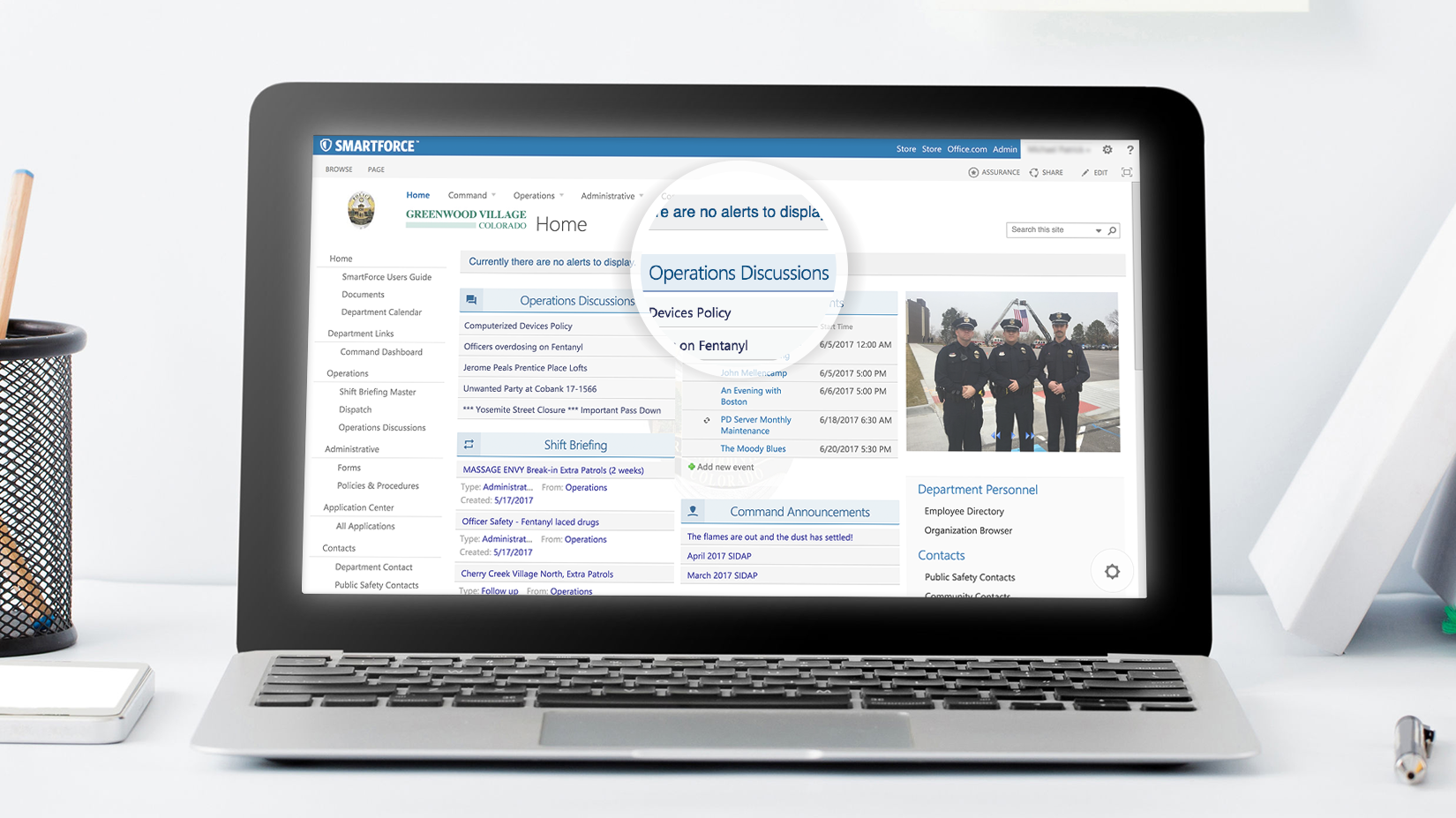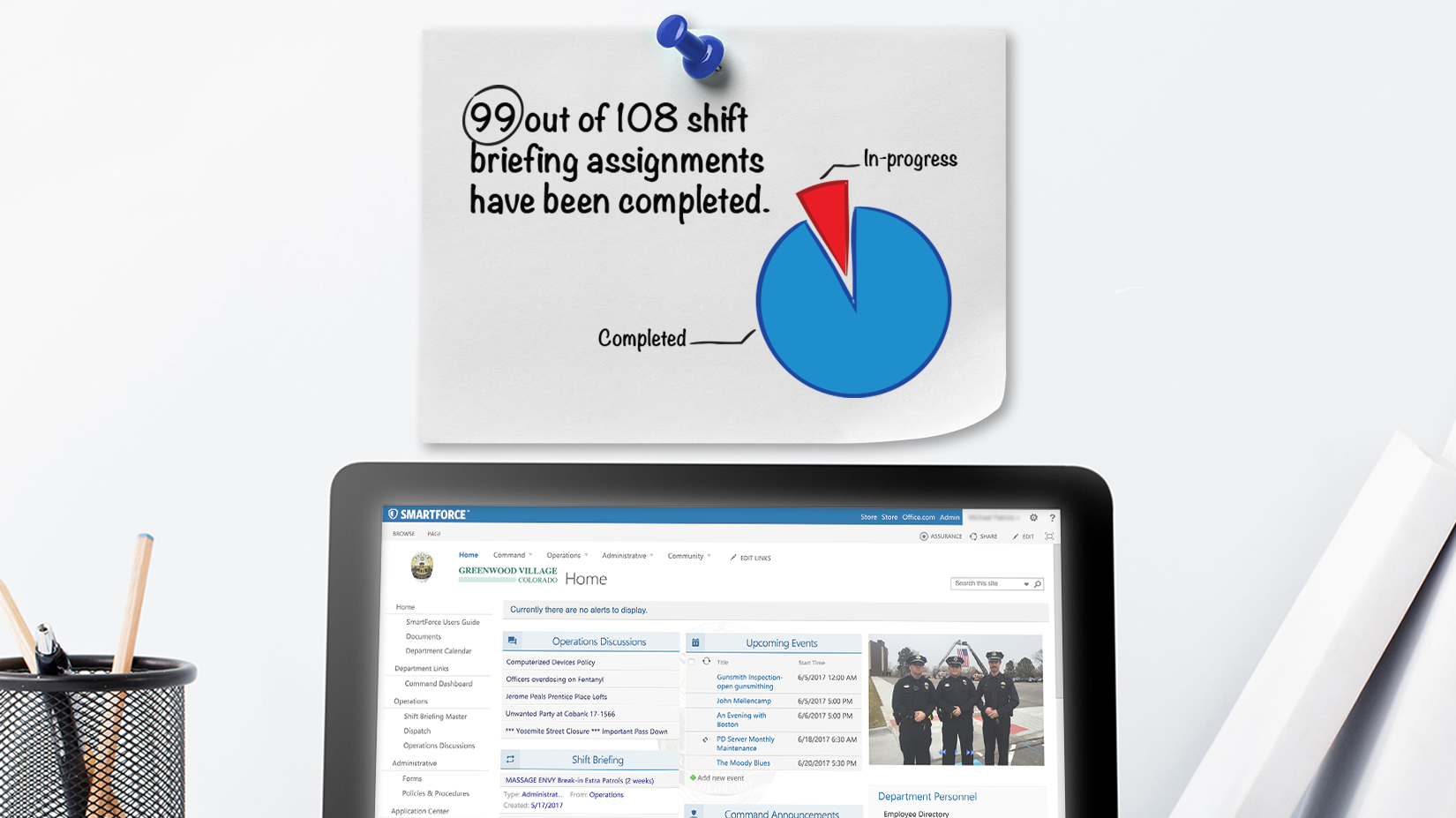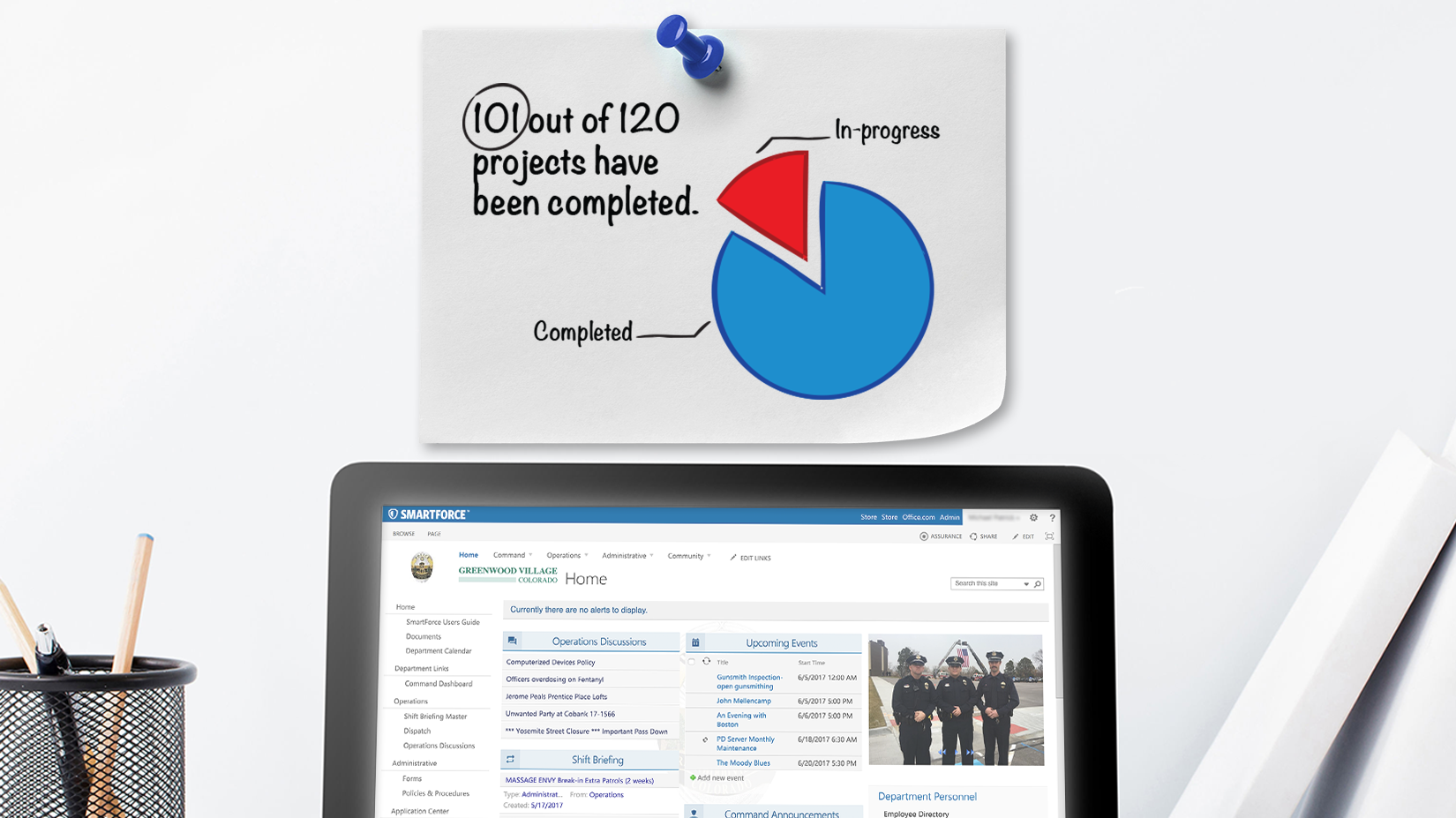Recently, we recruited analysts from the International Association of Crime Analysts to participate in a crime pattern bulletin study, and we would like to share the results of the study with you. But first, We want to thank all the analysts who participated. We really appreciate them taking the time to participate in the study and contribute to the overall improvement of the crime analysis profession!!
We have some interesting results related to the nature of crime patterns that analysts identify as well as the time it takes to produce crime pattern bulletins. The goal of the study was to compare the process analysts go through to produce their own bulletins with their current methods and templates vs. using a specifically designed crime pattern bulletin software program to create the same bulletin.
We found a statistically significant differences between how the analysts typically create their bulletins and using the software program. That is, the time was cut in half, the bulletins were more clearly formatted, and the bulletins were more likely to include important components of a pattern bulletin when the analysts used the software. We estimate that the software won’t accommodate every single type of crime pattern bulletin but covers about 80% of the crime patterns crime analysts produce for tactical crime analysis.
Although this was a small-scale study, we are excited to be able to contribute to the research on crime analysis as so much more research can and needs to be done to improve the profession and establish best practices. Please enjoy reading our study brief which includes the methodology, results, and our conclusions.
Crime Pattern Bulletin Study
A comparative study using BulletinWizard by Adventos™, a novel software solution for creating crime analysis products.
Dr. Rachel Boba Santos, Professor of Criminal Justice
Dr. Roberto Santos, Assistant Professor of Criminal Justice
Radford University, Radford, VA
Discussion
Crime analysts use bulletins to disseminate crime pattern information to officers, detectives, and (in some cases) citizens. Typically, crime analysts spend significant amounts of time putting together crime pattern bulletins using a variety of different software programs (e.g., GIS, spreadsheets, word processing, publishing software). Recently, new software has been developed, called Bulletin Wizard, that is a single solution for creating crime pattern bulletins. It allows for the analyst to import photos, include summary information, and create a map among other functions.
Bulletin Wizard has been developed based on crime analysis best practices and the software ensures that crime pattern bulletins to have all of the following components:¹
- Publish date: The date the bulletin is initially published by the crime analyst.
- Bulletin number: The unique bulletin number. Normally, crime analysts use the year and a range of numbers (e.g., 2017-001, 2017-002). It is recommended that when a bulletin is updated, a letter is added to the bulletin number (2017-001A). Multiple updates use letters in order (e.g., B, C, D, etc.). This is done so that the subsequent versions of the same pattern bulletin can be easily referenced.
- Amended date: When more or corrected information about the original pattern comes about, a crime analyst amends it, publishes the bulletin again, and adds an amended date.
- Updated date: A bulletin is updated when there is additional activity linked to the pattern after the bulletin has been published. The update date does not replace the original publish date; however, when a bulletin has been updated multiple times, only the most recent updated date is included.
- Title: The title contains the type of pattern (e.g., series, hot spot), the type of crime (e.g., robbery, burglary), and the location of the pattern (e.g., address, neighborhood, police beat, entire city). The title may also include other information depending on the type of pattern (e.g., type of place for a hot setting, type of property for hot product).
- Number of incidents: The total number of incidents in the pattern. The bulletin also may describe other incidents that are discussed as possibly related (e.g., five burglaries and two burglary alarm calls).
- Date range: The date of the first and last incidents in the pattern.
- Days and times: A summary of the days of week and times of day when the overall pattern is occurring.
- Summary of MO: A short, straightforward narrative in bullet form describing the suspects’ actions in the incidents in the pattern.
- Property taken (if relevant): A summary of the types of property or unique property taken.
- Suspect information: The most specific description possible that covers all possible descriptions.
- Vehicle information: The most specific description possible that covers all possible descriptions.
- Weapons (if relevant): The most specific description of the weapons used that covers all possible descriptions.
- Known offenders (if relevant): Because we know individuals commit crimes near where they live, known offenders who have been arrested or convicted of the pattern crime type and whose residences in the pattern are included.
- Field interviews and other information: Information about field interviews, suspicious persons, or vehicles in the area that might be related to the pattern.
- List of cases: A list of the incidents in the pattern with detailed information about each case. This includes a map reference number, case number, date/time span of crime’s occurrence, time/timespan of crime’s occurrence, and address of the crime. Other information in the list depends on the type of crime and pattern.
- Map of the incidents in the pattern: Single symbol map with number next to the symbols corresponding to the list of cases and indicating the sequence of the crimes. The addresses of known offenders’ residences, field interview locations, or other relevant locations are also be mapped using different symbols than the crimes. On most bulletins, the map includes a circle drawn so its edges touch the outermost crimes in the pattern with a notation about the length of the circle’s radius to provide scale.
Figure 1 shows a screenshot of the BulletinWizard crime pattern bulletin template being used to create a residential burglary pattern bulletin. The major components of a pattern bulletin are listed to the left. In the middle are the fields to input data important to the pattern. To the right, the user can see the bulletin being created in real-time as they fill in the data fields.
Figure 1
Figure 2 shows a sample of a completed crime pattern bulletin with all critical components of a tactical and actionable crime pattern bulletin.
Figure 2
Purpose
To examine the viability of such a “one-stop” solution for effectively creating crime pattern bulletins, a demonstration study was conducted in December of 2016 in which crime analysts were asked to recreate crime pattern bulletins using Bulletin Wizard and answer questions about their experience.
Methodology
In November 2016, crime analysts were recruited to participate with an invitation sent through the International Association of Crime Analysts (IACA) listserv. A one hour webinar was conducted in the first week of December instructing participants in the use of the bulletin Wizard software and the requirements of the study. The crime analysts were then given two weeks to participate in the study.
The analysts were asked to select two crime pattern bulletins they had already produced for which investigations were closed and recreate them using the Bulletin Wizard software. They were instructed to use all the functions of Bulletin Wizard as appropriate to the content of their original bulletins, but remove any sensitive information, if necessary. They submitted their original bulletins along with the Bulletin Wizard versions in PDF form and answered a series of questions through an online survey about the bulletin create experience.
The crime analysts who participated had a range of experience and were from different sized departments. The following are demographics for the analysts and their agencies:
Number of years as analyst: 1.5 to 37 years
- 1 to 5 years = 6 analysts
- 5 to 10 years = 5 analysts
- More than 10 years = 3 analysts
Number of sworn in their department: 70 to 1,337 sworn
- From agency with 70 to 100 sworn = 3 analysts
- From agency with 100 to 500 sworn = 7 analysts
- From agency with 500 to 1,337 = 2 analysts
- One analyst from fusion center
- One from a military base
Number of analysts in the department: 1 to 7 analysts
- From agency with 1 to 3 = 11 analysts
- From agency with 6 to 10 = 3 analysts
Location of the department:
- Northeast = 1
- Southeast = 2
- South = 2
- Midwest = 5
- West = 2
- International = 2
Bulletins produced per month
- 1-2 bulletins (8 analysts)
- 3 to 6 bulletins (6 analysts)
Results
A total of 14 analysts participated in the demonstration study which resulted in 25 original bulletins submitted with 25 bulletins created in Bulletin Wizard. Note that three sets of bulletins were not usable because the original bulletins did not depict crime patterns, but another type of crime analysis product.
Time to Create a Bulletin
The first question asked of the analysts was how long it took them to prepare their original bulletins as well as the Bulletin Wizard bulletins. Note that their estimates did not include the time it took to identify the pattern, only to create a publishable bulletin.
The times were reported by the analysts in minutes and the difference between the original and Bulletin Wizard bulletins was statistically significant. For the 25 original bulletins, it took the analysts an average of 62.5 minutes to complete them (standard deviation of 46.6). For the corresponding 25 Bulletin Wizard bulletins, it took the analysts an average of 31.2 minutes to complete them (standard deviation of 21.5).
Because each pair of bulletins had the same information and was created by the same analyst, a 2-tailed paired t-test was conducted for the 25 pairs. The analysis resulted in a t-value of -3.96 and a p-value of .001. The normal social science acceptable level for significance is p< .05, thus the pair t-test shows that the analysis took significantly less time to create their Bulletin Wizard bulletins as they did their original bulletins.
Result: It takes analysts half the time to create the same crime pattern bulletin using Bulletin Wizard. This difference is statistically significant.
Analysts’ Perceptions
A series of questions were asked of the analysts about their experience in using Bulletin Wizard. They were asked to respond on a four point scale (strongly disagree, disagree, agree, strongly agree). All 14 analysts responded to these questions. The results are presented as percentages combining the two disagree categories and two agree categories.
Result: 100% of the analysts agreed that the Bulletin Wizard was simple to use.
Result: 85.7% (12 of 14) of the analysts agreed that Bulletin Wizard provides a mechanism that ensures relevant and necessary information is included in the bulletin.
Result: 78.6% (11 of 14) of the analysts agreed that Bulletin Wizard helped them create a crime pattern bulletin in less time that is takes them normally.
Result: 78.6% (11 of 14) of the analysts agreed that the Bulletin Wizard creates a crime pattern bulletin that is clear and easy to read for sworn personnel.
Result: 78.6% (11 of 14) of the analysts agreed that Bulletin Wizard creates a crime pattern bulletin that provides officers the information they need for crime reduction responses.
Conclusions
These 14 crime analysts and their 25 original bulletins are by no means representative of all crime analysts or their crime pattern bulletins. However, the conclusions made here about the results of this demonstration study are also supported by the researchers’ experience working with and supervising crime analysts, evaluating crime pattern bulletins, and overseeing responses to crime patterns in patrol and criminal investigations over the last 23 years.
A content analysis of the 50 bulletins created by the analysts indicated that most of original bulletins were based on solid, well identified patterns. However, many of the original bulletins were wordy, were unnecessarily long (i.e., more than one page), and left out some key information. In the duplicated Bulletin Wizard bulletins, the software compelled the crime analysts to economize and focus their wording since the software did not allow for significant amounts of text in any one category (i.e., the fields are limited to a certain number of characters). While one or two of the analysts commented on the lack of space, the review revealed that this feature resulted nearly every time in more succinct information that was quickly understood. In addition, the BulletinWizard software prompted the analysts to include the necessary information in a format and order that was more clear and organized than in their original bulletins.
Even so, some bulletins created in Bulletin Wizard were not complete because information was not available in the original bulletin, so it could not be included in the Bulletin Wizard bulletin. This was a product of the demonstration study in that the analysts were asked to recreate an established bulletin from weeks or months before, as well as the fact that the analysts may or may not have had previous training on crime pattern bulletin components, so may not have thought to include the information initially.
While it may have been a training issue since the crime analysts participating in this demonstration study were using Bulletin Wizard for the first time, in a few cases, they did not use Bulletin Wizard to its fullest potential in terms of the map, the list of cases, and the additional information function. Using Bulletin Wizard on a regular basis would likely resolve these concerns as a crime analyst would learn and test all of the capabilities of the software over time and use.
Lastly, there were times when the Bulletin Wizard format did not accommodate all the components of a particular pattern, but from the results here and from what types of crime pattern bulletins analysts normally create, it is estimated that Bulletin Wizard would fully satisfy the analysts’ needs around 80% to 85% of the time. Consequently, the BulletinWizard software improves the quality of crime analyst products and significantly reduces the time required to produce pattern bulletins. The BulletinWizard should be used especially for crime pattern bulletins of residential and commercial burglary, street robbery, theft from vehicle, and auto theft, some of the most frequently occurring crimes.
¹Santos, R.B. (2016). Crime analysis with crime mapping. Thousand Oaks, CA: Sage Publications.
If you have any questions about the study, just let us know at rsantos5@radford.edu or rsantos4@radford.edu.

